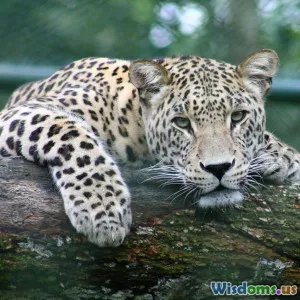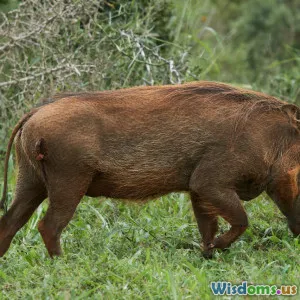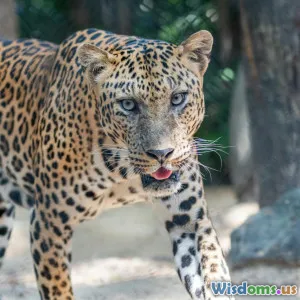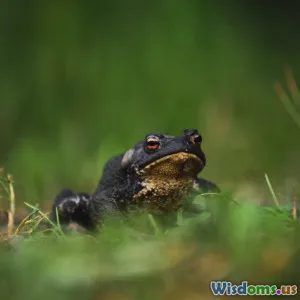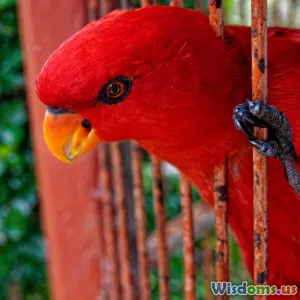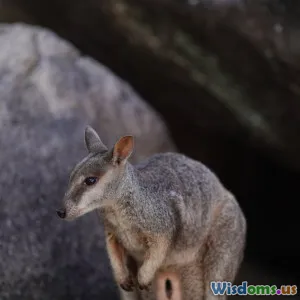
Conservation Efforts: Protecting Our Animal Species
5 min read Explore vital conservation efforts to protect endangered animal species and their habitats for a sustainable future. (0 Reviews)
Conservation Efforts: Protecting Our Animal Species
The animal kingdom is a mesmerizing tapestry of life, each species playing a critical role in the ecosystem. However, human activities have placed many species at risk. Conservation efforts are essential to protect these animals and their habitats, ensuring biodiversity for future generations.
Understanding the Threats to Animal Species
Before diving into the conservation efforts, it’s crucial to understand the threats faced by animal species globally:
- Habitat Loss: Urbanization, deforestation, and agriculture have led to the destruction of natural habitats, forcing many species to relocate or face extinction.
- Climate Change: Global warming affects animal migration patterns, breeding seasons, and food availability, creating challenges for survival.
- Pollution: Contaminants in the environment can harm wildlife directly and disrupt ecosystems.
- Overexploitation: Overhunting, illegal wildlife trade, and unsustainable fishing practices have drastically reduced wildlife populations.
- Invasive Species: Non-native species can outcompete local wildlife for resources, leading to population declines.
Key Conservation Strategies
To combat these threats, various conservation strategies have emerged:
1. Protected Areas
Creating national parks, wildlife reserves, and marine protected areas safeguards habitats. These zones allow species to thrive without human interference. For example, Yellowstone National Park in the U.S. serves as a refuge for numerous species, including the gray wolf and grizzly bear.
2. Legislation and Policy
Governments play a pivotal role in conservation through laws like the Endangered Species Act (ESA) in the U.S., which protects threatened and endangered species and their habitats. International agreements, such as the Convention on International Trade in Endangered Species (CITES), regulate the trade of endangered species.
3. Community Engagement
Local communities are integral to conservation efforts. Initiatives that involve local populations in wildlife protection, such as eco-tourism and sustainable practices, have proven effective. For instance, the Maasai Mara in Kenya has seen success through community-led wildlife management programs.
4. Restoration Projects
Restoration ecology focuses on rehabilitating damaged ecosystems. Projects aimed at reforesting areas or restoring wetlands can bring back lost biodiversity, as seen in initiatives to revive the Atlantic Forest in Brazil.
5. Captive Breeding and Reintroduction
Breeding programs in zoos and wildlife centers help increase populations of endangered species. The California condor, once nearly extinct, has seen a population resurgence due to successful captive breeding and reintroduction efforts.
The Role of Technology in Conservation
Technology plays a crucial role in modern conservation efforts. Drones monitor wildlife populations, while camera traps help track animal movements. Genetic analysis assists in understanding population health and diversity, guiding conservation strategies.
How You Can Help
Everyone can contribute to conservation efforts:
- Support Conservation Organizations: Donate or volunteer with organizations like the World Wildlife Fund (WWF) or The Nature Conservancy.
- Reduce Your Carbon Footprint: Lowering energy consumption and using sustainable transport helps combat climate change.
- Educate Others: Raising awareness about the importance of biodiversity and conservation can inspire collective action.
- Adopt Sustainable Practices: Choose sustainable products and support local, eco-friendly businesses.
Conclusion
Conservation is not just a responsibility; it is a necessity for maintaining the delicate balance of our ecosystems. By understanding the threats and actively participating in conservation efforts, we can protect our animal species and ensure a rich biodiversity for generations to come. Every action counts, and together, we can make a difference.
Rate the Post
User Reviews
Popular Posts










